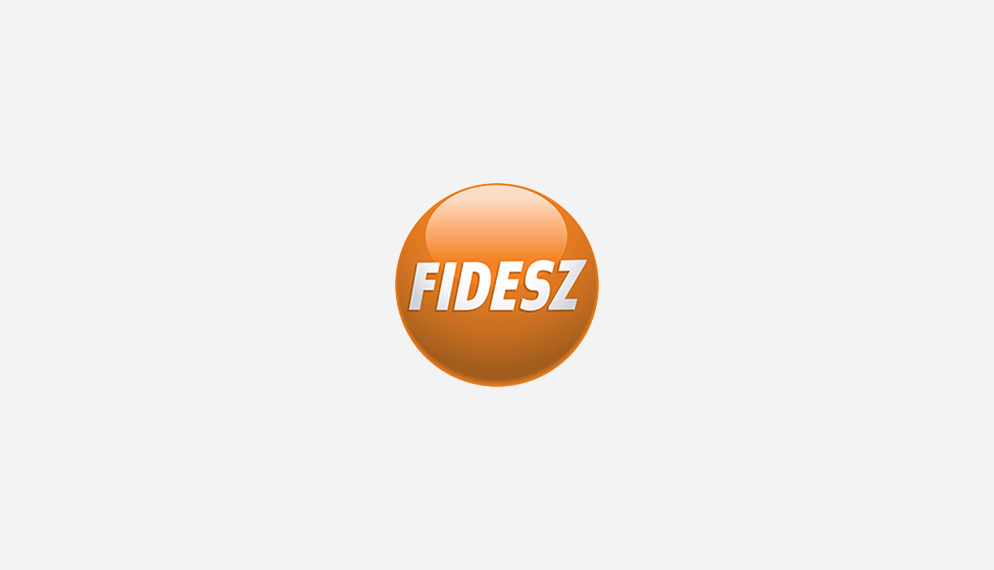
Without Low Energy Prices, The Energy Union Cannot Succeed
2015. 11. 24.
At the plenary session of the European Parliament this week, European Commission Vice President Maroš Šefčovič outlined the current state of the EU’s Energy Union. The document, introduced by the European Commission November 18, 2015, evaluates conditions in Member States according to five dimensions: decarbonisation, energy efficiency, integration of the internal market, security of supply, and R&D and innovation in energy technology. In the future, the Commission plans to make a similar evaluation annually.
András Gyürk, member of the Committee on Industry, Research and Energy, raised the issue of competitiveness in his address: “To increase the competitiveness of the European economy, reduction of energy prices is a must.”
Gyürk noted that the Hungarian gas market is an example where industrial consumers pay above the OECD average for gas, despite the fact that the country has invested 100 million euros in the development of new infrastructure in recent years. The country has built gas interconnectors to three neighboring countries – Romania, Croatia and Slovakia – and established the possibility of making gas transfers to Ukraine. Hungary has done a lot for diversification and, by doing so, has created conditions for the increased competitiveness in gas prices and increased security of supply. “Yet the results cannot be seen. New sources are still not accessible in the region, so there’s no diversification, no price competition,” András Gyürk said.
The missing two-direction infrastructure allowing transfer from Romania and Croatia to Hungary would offer part of a solution, but the construction as soon as possible of the Croatian LNG terminal would also make a significant contribution to competition in the gas market in the region.
The MEP noted that the benefits of the common market only apply if every actor contributes to the mutual goals. That’s the only way that European industry may become competitive on the global market.